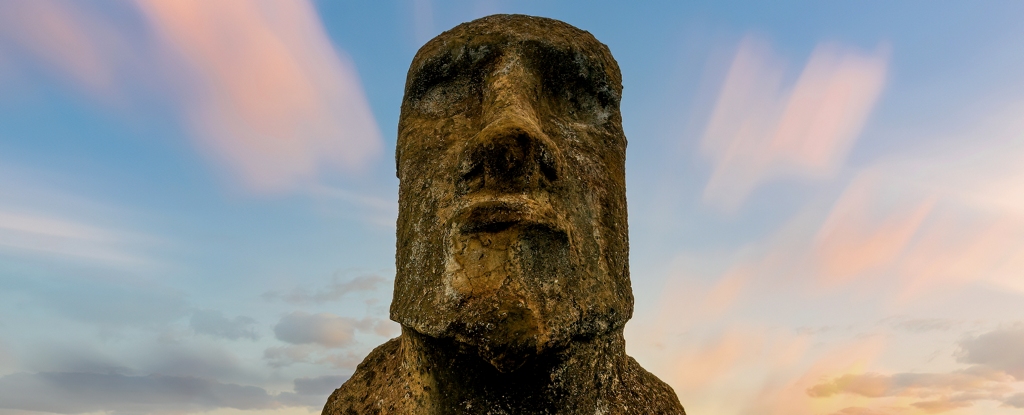The people of Rapa Nui, or Easter Island, were not the instruments of their own demise, according to new research.
In a comprehensive new study, researchers found that the population of monument-carvers could not possibly have been big enough to collapse under the demands placed on their environment, as has previously been suggested.
The myth of this so-called Rapa Nui “ecocide” – held up for decades as a cautionary tale about overexploitation of natural resources – should be firmly relegated to the bin of outdated theories, scientists now say.
This finding is just the latest in a mounting body of evidence that the Pacific Islander population’s decline had nothing to do with their way of living.
In fact, the collapse so soon after European contact in the 1700s probably had more to do with the slave trade, enforced migration, and introduced pathogens.
The finding was based on an analysis of the rock gardens found on Rapa Nui, in which the islanders grew their food.
A team led by archaeologist Dylan Davis of Columbia Climate School conducted a new satellite survey of the sites, and found that the number of these gardens could not have supported a population large enough to collapse under its own weight.
“This shows that the population could never have been as big as some of the previous estimates,” Davis says.
“The lesson is the opposite of the collapse theory. People were able to be very resilient in the face of limited resources by modifying the environment in a way that helped.”
According to the ecocide theory, popularized by American researcher and historian Jared Diamond, a population of thousands of Pacific Islanders once lived on Rapa Nui.
In Diamond’s version of events, this native population cut down all the trees, which left the fertile soil vulnerable to erosion. This meant that they couldn’t grow as much food, so they started starving, resorting to war, cannibalism, and, ultimately, collapse.
More and more, however, scientists have been discovering that the Rapa Nui people were a lot more resilient and resourceful than the collapse narrative suggests.
In addition to sweet potatoes grown in their rock gardens, the islanders ate seafood, and more evidence suggests that they were still there on the island living quite happily when the Europeans arrived.
However, previous satellite surveys of the rock gardens seemed to support the notion of a large population.
Of the 164 square kilometer (63 square mile) area of the island, as much as 21.1 square kilometers was devoted to gardens, these surveys found, supporting a possible population of up to 17,000 people – much higher than the 3,000 or so reported by the first European visitors.
Davis and his colleagues went about their survey in a highly methodical fashion, and found support for a different interpretation.
The island’s rock gardens were built by strewing up to boulder-sized rocks over low ground that would have been more protected from wind erosion and salt spray from the ocean. In the gaps between the rocks, the islanders planted their crops.
This can be difficult to differentiate from just a normal field of rocks, particularly on a rocky island, so the researchers spent five years carefully surveying rock gardens on the ground, and cataloging their properties, such as higher levels of soil moisture and nitrogen.
They then trained a machine learning algorithm to identify these properties in satellite data recorded by short-wave infrared imaging.
“There are natural rock outcrops all over the place that had been misidentified as rock gardens in the past. The short-wave imagery gives a different picture,” Davis says.
The results showed that only around 0.76 square kilometers of Rapa Nui were devoted to rock gardens, which alone could have supported a population of around 2,000 people.
Add other food sources – such as the seafood already mentioned, and other crops, such as bananas – and the island could only have sustained a population of around 3,000 people, the team thinks.
This matches the number found by the first Europeans in 1722, suggesting that the Rapa Nui people were living happily and sustainably at the time. By 1877, the population numbered just over 100. The arithmetic seems pretty straightforward here.
“Our results help refine estimates of agricultural productivity, suggesting that previous estimates were between five and 20 times too high,” the researchers write in their paper.
“This finding holds significant implications for estimates of population size and subsistence strategies of the Rapanui people before European contact.”
In future research, the researchers plan to use the data to model the Rapa Nui population more comprehensively, giving us a new tool for understanding their society, and how it was destroyed.
The research has been published in Science Advances.





